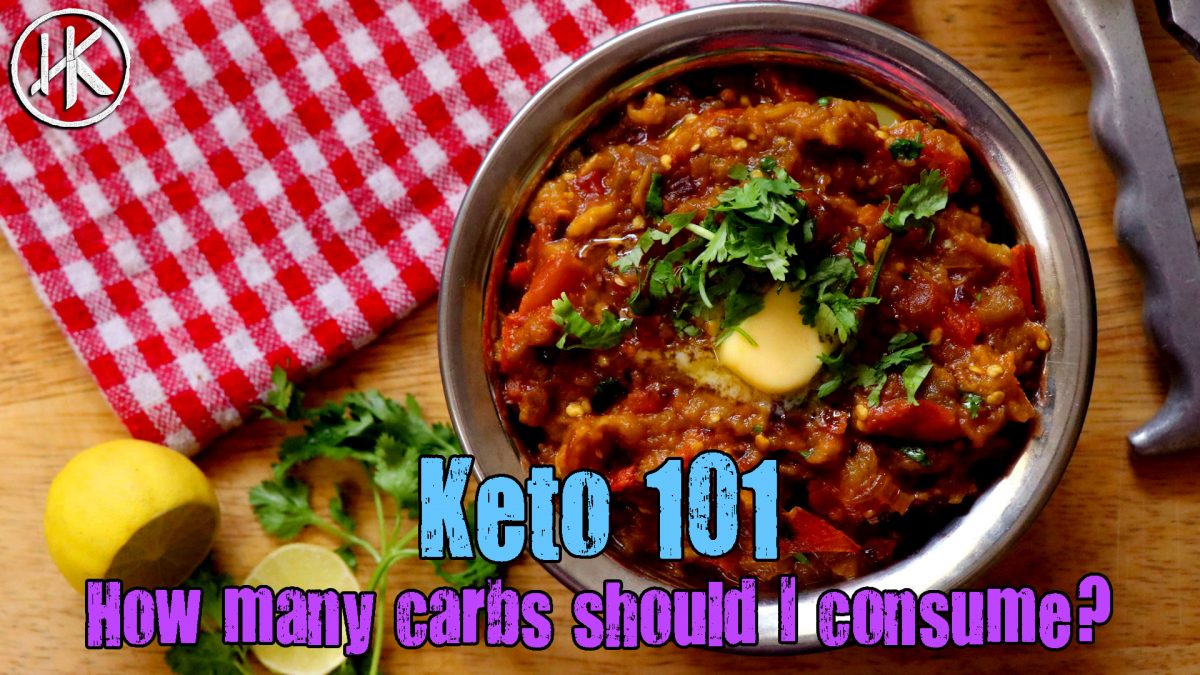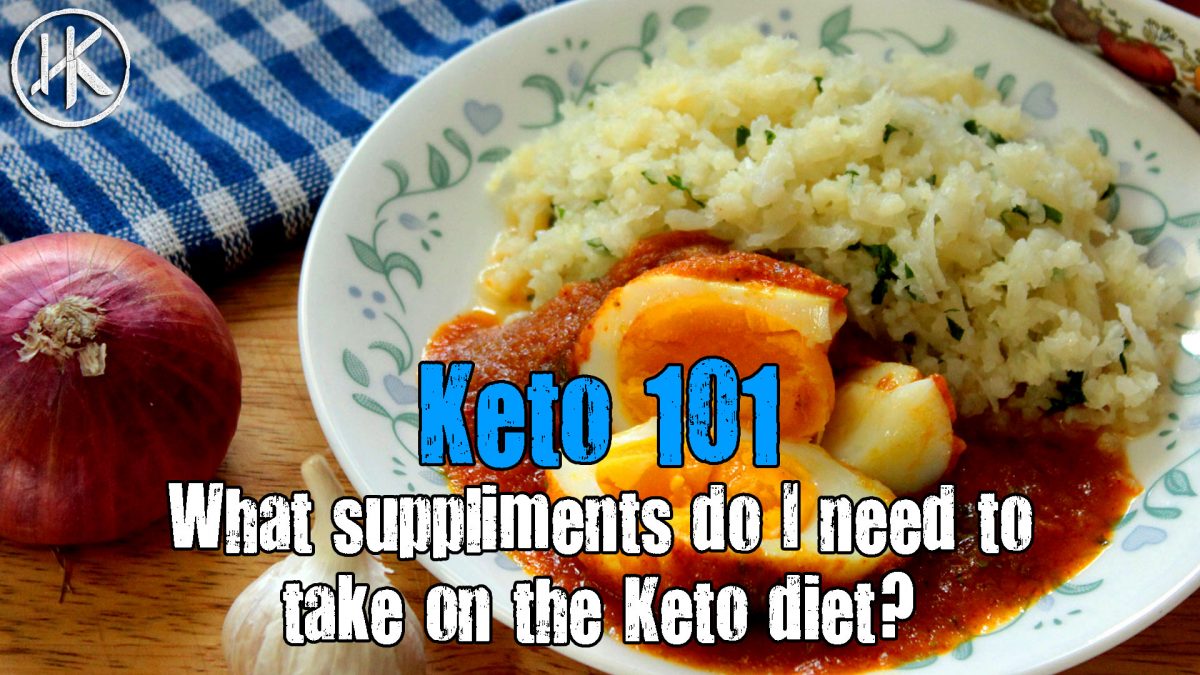Tips for Kickstarting Ketosis
Let’s talk kickstarting ketosis! If you’re looking to begin a standard ketogenic diet (keto, for short) then you’ve likely already done some of your own research before finding yourself here. You should have learned that the main component that makes this process work is that your body needs to enter into a state of ketosis to achieve the results you want. Being in a state of ketosis will allow your body to start to burn fat instead of the carbohydrates it once did. Once you start a low carb diet, your body will have to relearn how to burn energy from this other, new source. This will certainly take some adjusting to, which I’ll briefly touch on later, but until then let’s talk about tips for kickstarting ketosis—and quickly!
 Kickstarting Ketosis: Cut The Carbs
Kickstarting Ketosis: Cut The Carbs
This might seem obvious since the whole point of keto is to be on a low carbohydrate diet but maybe it’s your first time looking into how a keto diet plan works. Depending on your comfort level and courage, you might opt to cut carbs out cold turkey, while others may prefer to gradually phase it out (or at least down from what it was). It’s been recommended that if you’re aiming to achieve a state of ketosis, you want to keep your carb intake under 20-30 grams (g) per day (but can differ depending on if you’re an athlete or not—then you’d want to aim higher than this number).
To get a good grasp on whether or not you fully understand where your carbohydrates are coming from, and ensure you’re not overlooking any hidden carbs, the best option is to do separate research and/or try out a carb tracker app for the first few weeks to help stay on top of this new life change (or go old school and track it in an excel spreadsheet). Even if you’re new to trying out a low-carb diet, know that it’s definitely possible but it just might take time to adjust. Be patient with yourself through this learning curve!
Kickstarting Ketosis: Know Your Healthy Fats
When starting your keto journey, you’re not only going to want to reduce your carb intake but you’ll want to increase your healthy fat intake. If you’re new to learning more about nutrition and keto then you might be surprised to learn that there’s even such a thing as healthy or ‘good’ fats. So, what is healthy fat?
To start, it’s important to be clear that not all fat is bad—hence why it’s called a healthy or good fat. Saturated fat is the fat you want to stay away from. However, monounsaturated and polyunsaturated fats are much better for you, and lower disease risk.
One example of healthy fat can be found in avocados. It’s healthy because it has a monounsaturated fatty acid called oleic acid that research has said is a natural anti-inflammatory that has potential to protect against cancer. Avocados are also a rich source of potassium, magnesium, vitamins C, E, K, B6, and more—which only provide even more benefit and nourishment to elevate your body’s health. These health benefits can also be extended to avocado oil!
Other examples of healthy fat can be found in nuts, chia seeds, flaxseeds, fatty fish, eggs, yogurt, and even tofu. Do any of your favorite foods make this list? If so, you have a great starting point on which to base your healthy fat food options from. The health benefits of healthy fat are well-researched and undeniable. These are the types of foods you want to make your new best friend.
Let’s Get Physical: Activity Level
Exercise is a standard tip you’ll see on lists with any kind of advice regarding achieving a healthier life change. In this case, it can help deplete your body of stored glucose. When the glycogen store is lowered and is no longer able to refill through carbohydrates, the body will then take the energy you’re burning from the unwanted fat. Your body will likely need time to adjust to this new change. With patience your body will resiliently adapt as needed with time.
Intermittent Fasting
This is, of course, optional. Many avid keto lifestyle advocators will swear by the wonders of intermittent fasting (IF). It’s likely you’ve heard of IF. If you haven’t, it’s the practice of only eating during certain times of the day. Early research in this field suggests fasting can help aid in losing weight—but also can help aid in entering the state of ketosis between meals.
Although intermittent fasting is not recommended for everyone and not always sustainable long term. You’ll want to speak with your medical professional. See if they think this could be a valuable short-term addition to your lifestyle before making any major decisions. What’s most important is that you are living a healthy lifestyle. You don’t want to do anything that might not be a good fit for your general health care.
Kickstarting Ketosis: Protein, Protein, Protein
Your protein intake is important while attempting to enter into a state of ketosis. You have to be careful to consume just enough protein, but not too much. It’s important to do your research on what protein intake is right for you. It provides much needed essential nutrients to help you avoid the breaking down of your muscle mass. It does this all while attempting to lose and burn fat. An easy way to streamline this process is to learn what you need. Then create your own individualized keto meal plan. Make your best effort to allow your body to enter the ketogenic state naturally.
If you’d like some protein-rich keto diet recipes, check these out:
Japanese-style Keto Chicken Wings
How Do I Know If I’m in a State of Ketosis?
Experiencing symptoms of keto flu? This one one of those terms you’ve likely heard of while doing your own keto research. It can consist of unpleasant days of fatigue, nausea, mood swings, brain fog, and more. Just be on the look out for other unusual body-led indicators that feel unnatural to your regular state. Keto flu can kick in anywhere from the second to seventh day of starting this new dietary change. It can last up to two weeks. However, once your body adjusts to all of the changes it’s going through, these symptoms should decrease. There are also steps you can take to reduce the symptoms of keto flu. One great way is to stay hydrated!
You can also check your ketone levels. You can check your ketone levels through blood testing, urine testing, breath testing. While it’s argued some of these tests are more accurate with others, you can ask your doctor what they suggest. Hopefully after following all of these steps you will have been successful in kick starting ketosis—and quickly!
Has this article helped you learn more about how to kick start your body into a quicker state of ketosis? If you’re looking for more keto tips or recipes to help you along your journey to keto success, be sure to check out my Youtube and Instagram too!

 Kickstarting Ketosis: Cut The Carbs
Kickstarting Ketosis: Cut The Carbs





Thank you